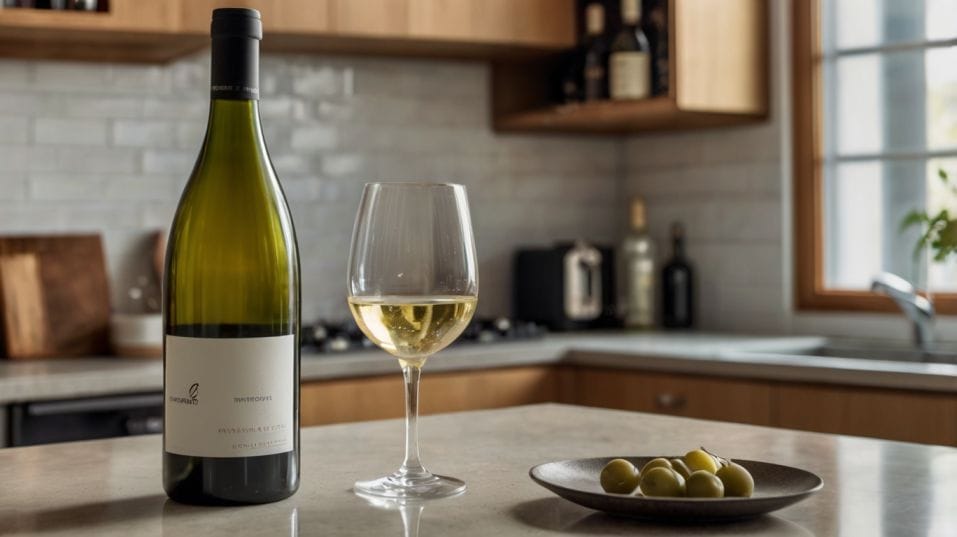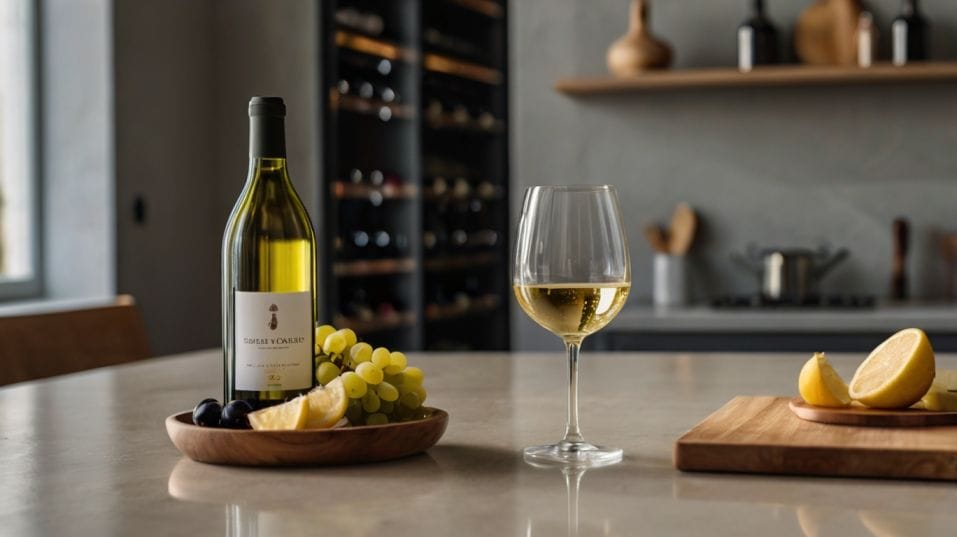Corks Don’t Equal Quality
Think cork means quality? Think again. Learn how to taste better, buy smarter, and trust your palate—not outdated wine myths.

Ever paused before opening a screwcap wine, wondering if it’s “real” wine? You're not alone—and you're asking the right question.
As you learn more about wine, it's tempting to judge a bottle by tradition. But here’s the truth: the closure tells you nothing about the quality inside.
Let go of the cork bias, and you’ll start choosing better bottles, tasting more clearly, and building a palate driven by knowledge—not myth.
The Cork Myth
Cork has history. That’s undeniable. It’s romantic, tactile, and tied to an image of “fine wine” shaped by centuries of tradition.
But while cork might look classic, it’s not inherently superior. It’s simply one way to seal a bottle. Like any material, it has strengths and drawbacks.
Natural cork allows a slow exchange of oxygen, which can benefit wines built for long aging—particularly reds with robust structure and high tannins. That slow interaction can soften edges, deepen complexity, and evolve flavor.
But even in those cases, the effect is subtle, unpredictable, and not always beneficial. Cork is a natural product, and its inconsistencies can introduce faults, especially cork taint—a musty, dulling flaw that can ruin the entire bottle.

This isn’t rare. Industry estimates suggest cork taint affects 2–5% of all cork-sealed wines. That means one in twenty bottles could be compromised—and you might not even realize it.
The wine might just seem muted, off, or underwhelming. As a beginner, that kind of distortion can throw off your learning curve and lead you to blame the grape, the producer, or even your own palate.
That’s where screwcaps come in—not as a cheap shortcut, but as a smart, controlled solution.
The Case for the Cap
Screwcaps offer consistency. They form a near-perfect seal, which preserves the wine in the state the winemaker intended.
That’s especially crucial for wines designed to be drunk young—aromatic whites, fresh rosés, light reds, and even some serious, age-worthy varietals.
The closure protects vibrancy, acidity, and detail, locking in freshness without the risk of taint or variation.
Regions like New Zealand, Australia, and parts of the U.S. embraced screwcaps early—not because they were cutting corners, but because they were listening to science and responding to the needs of modern wine.
Today, some of the most thoughtful, technique-driven producers in the world choose screwcap closures across their entire portfolio, including reserve-level wines.
And yet, many consumers still hesitate. Why? Because we’re trained to associate cork with quality. It feels more ceremonial.
It requires a tool. It pops. But none of those things make the wine better. If anything, they can distract you from what matters: the wine itself.
Taste, Not Tradition
When you stop judging a bottle by its closure, your perspective widens. You begin to choose wine based on flavor profile, region, winemaking style, or food pairing—not packaging. And that shift can unlock a faster, deeper understanding of wine.
You’ll recognize that some wines—like a bright Sauvignon Blanc or a crisp Albariño—aren’t built to age. They’re at their best young, and preserving their clarity is the highest priority. For those wines, a screwcap isn’t just acceptable—it’s ideal.
You’ll also learn to approach cork with more discernment. There’s beauty in well-aged wine sealed under cork, but it’s not automatic.
It depends on storage, vintage, producer intent, and how long the wine has been sitting before you uncork it. Sometimes a cork-sealed wine is glorious.
Other times, it’s flat, prematurely oxidized, or just…tired. The closure doesn’t guarantee quality. The wine does.
What to Pay Attention To Instead
If you want to taste better and choose more confidently, shift your attention to what actually reveals quality:
Balance
Does the wine feel harmonious on the palate? Are fruit, acidity, alcohol, and structure working together?
Expression
Is the wine telling you something about its grape or origin? Can you taste where it’s from?
Freshness or Evolution
Is the wine vivid and lively if it’s young? Is it layered and nuanced if it’s older?
Intent
Does it taste like it was made with care, not just for volume or trend?
These questions help you connect with the wine on a deeper level. They don’t require a corkscrew. They require attention.
Final Thoughts
A cork doesn’t make a wine good—and a screwcap doesn’t make it cheap. Those ideas belong to a past where optics mattered more than understanding.
Today, you have better tools. You know how to pay attention, how to listen to the glass, how to explore with purpose.
So the next time you open a bottle—whether it twists or pops—take a breath and tune in. Taste with your full attention. Let the wine speak.
You’ll learn more. You’ll waste less. And you’ll start building a palate that’s defined not by tradition, but by truth.
Try this: Pick up a screwcapped bottle of something crisp and expressive—Grüner Veltliner, Albariño, dry Riesling, or a vibrant red like Gamay.
Taste it over a few days. Notice what changes, what holds, what surprises you. Let the experience teach you something new—and carry that into your next bottle.




